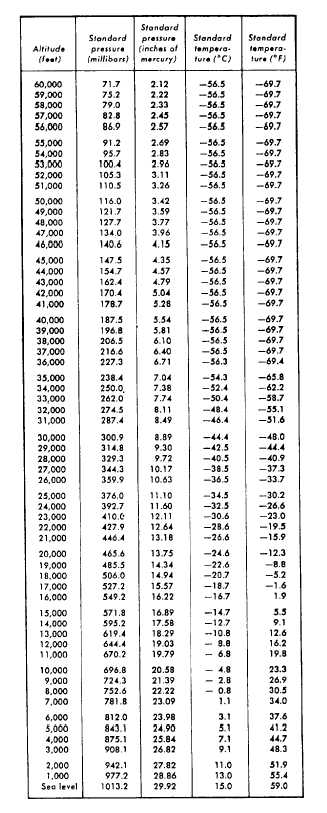The first radio systems were developed to keep
the pilots informed of weather information along the
flight path. The development of directional equip
ment produced the ability to have a system of radio
beams that formed aerial highways. World War II
fostered the development of several new radio aids,
which includes loran and radar.
The development of computers and more sophisti-
cated radio/radar aids produced the ability to go from
point A to point B faster and more direct than ever before.
AIRBORNE NAVIGATION SYSTEMS
Learning Objective: Recognize components
and operating principles of the various
navigational systems.
Airborne navigation systems can be self-
contained units or ground-referenced units. A
self-contained unit is complete in itself and does not
depend upon a transmission from a ground station. A
ground-referenced unit needs a transmission from a
ground station. Either way, they serve the same
purpose—to aid the aircrew in completing their
mission safely and efficienty.
ALTITUDE AND ALTIMETERS
Altitude is defined as the vertical distance of a
level, a point, or an object measured from a given
surface. Knowing the aircraft’s altitude is imperative
for terrain clearance, aircraft separation, and a
multitude of operational reasons.
There are as many kinds of altitudes as there are
reference planes from which to measure them. Only
six concern the navigator—indicated altitude,
calibrated altitude, pressure altitude, density altitude,
true altitude, and absolute altitude. There are two
main altimeters-pressure altimeter and the absolute
(radar) altimeter. Every aircraft has a pressure
altimeter.
For you to understand the pressure
altimeter’s principle of operation, a knowledge of the
standard datum plane is essential.
Standard Datum Plane
The standard datum plane is a theoretical plane
where the atmospheric pressure is 29.92 inches of
mercury (Hg) and the temperature is +15°C. The
standard datum plane is the zero-elevation level of an
imaginary atmosphere known as the standard
atmosphere. In the standard atmosphere, pressure is
Figure 2-7.-Standard lapse rates.
at 29.92 inches of mercury at 0 feet, and decreases
upward at the standard pressure lapse rate. The
temperature is + 15°C at 0 feet, and decreases at the
standard temperature lapse rate (fig. 2-7).
2-7

